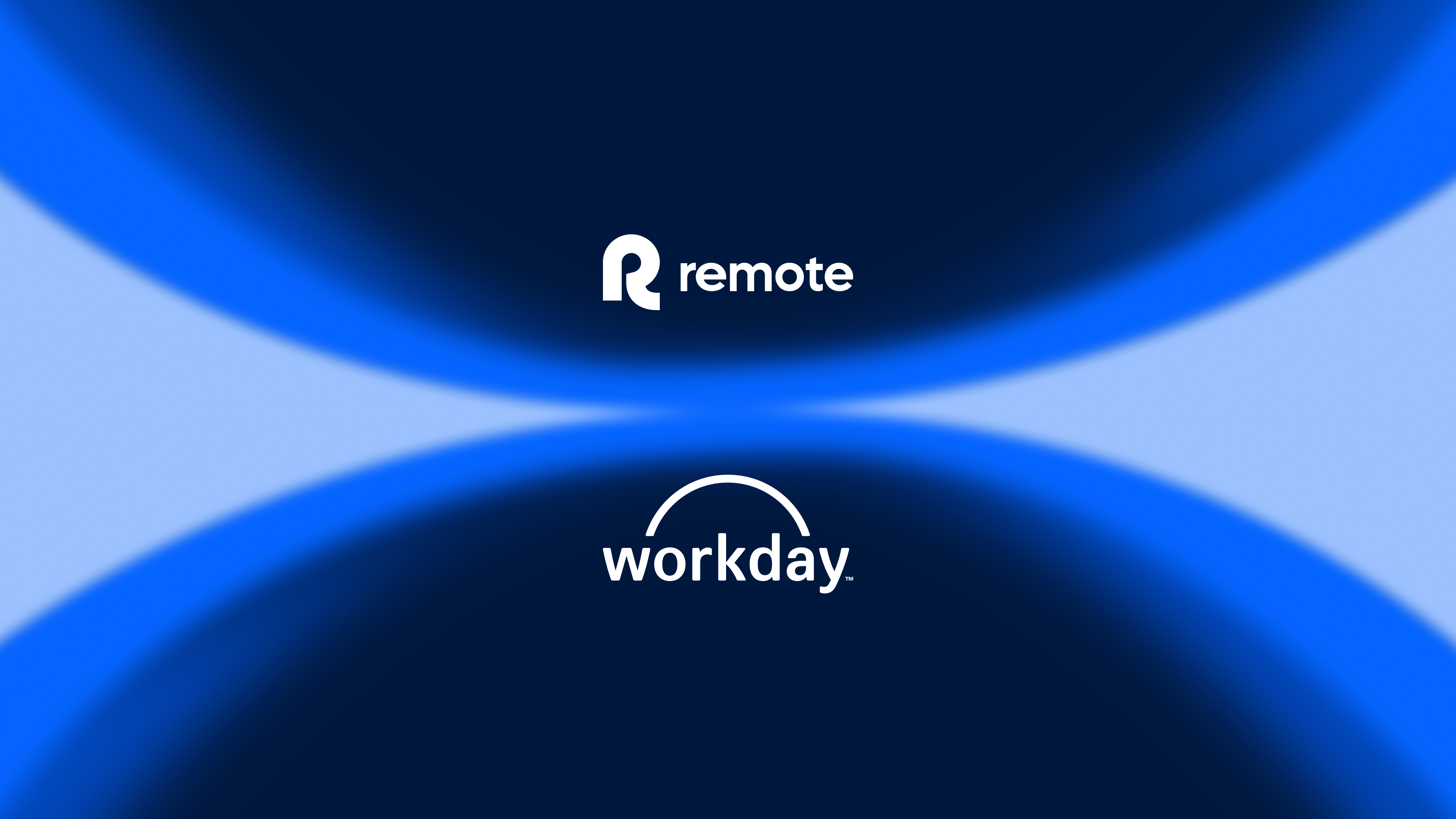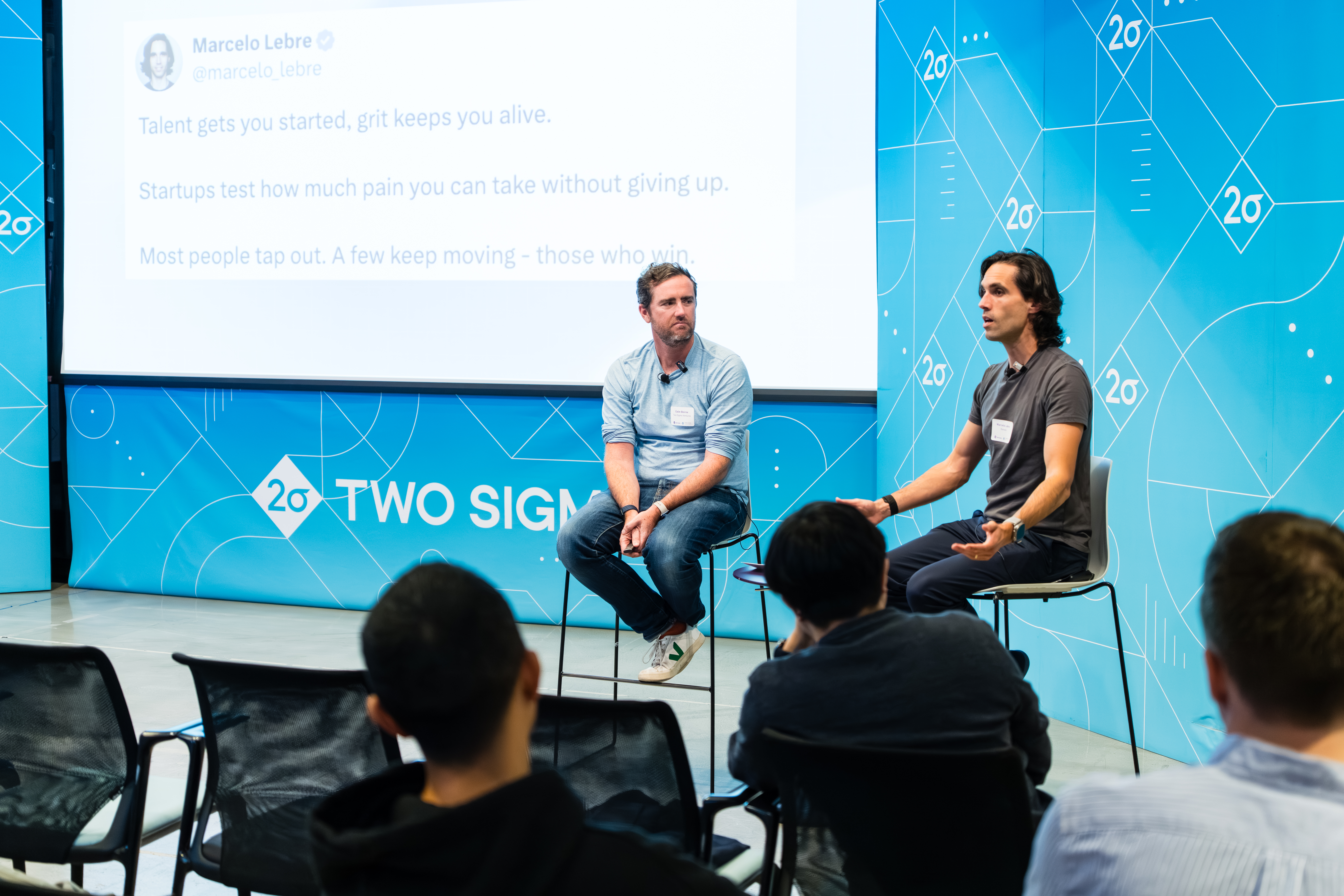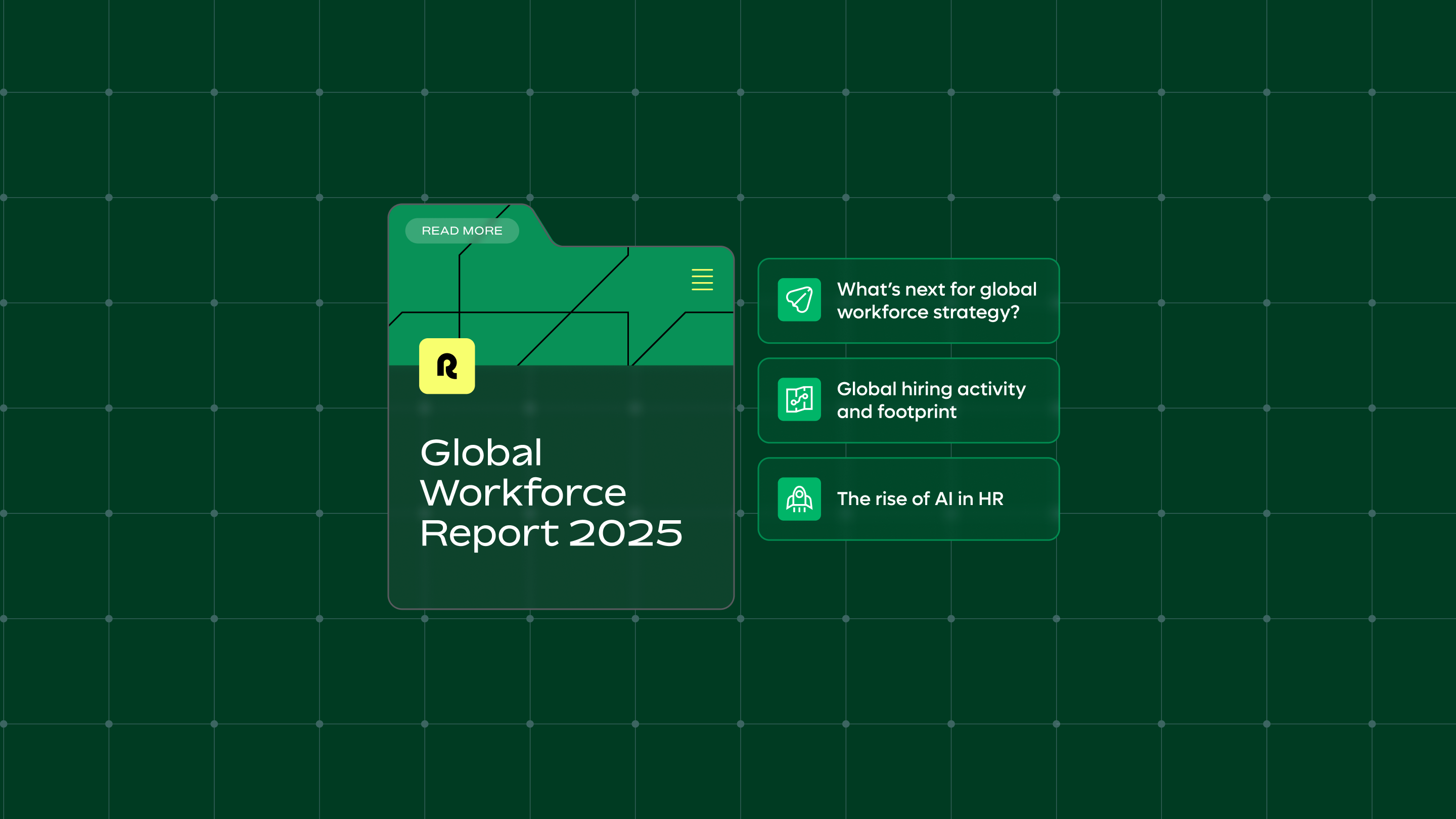-1.png)
12 months of building for you: What we created together in 2025
Every feature we launched this year solved a problem our customers told us about. Whether it was simplifying onboarding, improving payroll accuracy,... continue readingDecember 18, 2025
Recent stories
Subscribe for the latest updates
Sign up for our newsletter to get the inside scoop on all things remote work and global employment.
%20Logos%20Library/(Approved)%20Trust%20symbols/lg-xs-g2-reviews-book-demo.webp?width=112&height=114&name=lg-xs-g2-reviews-book-demo.webp)
%20Logos%20Library/(Approved)%20Trust%20symbols/lg-xs-trustpilot-reviews-book-demo.webp?width=122&height=114&name=lg-xs-trustpilot-reviews-book-demo.webp)
%20Logos%20Library/(Approved)%20Trust%20symbols/lg-xs-capterra-reviews-book-demo.webp?width=118&height=114&name=lg-xs-capterra-reviews-book-demo.webp)
%20Illustration%20Library/051-check-star-stamp.webp?width=132&height=128&name=051-check-star-stamp.webp)
%20Blog%20Images/Blog%20Authors/Portraitfoto%20Job%20van%20der%20Voort.jpg)











